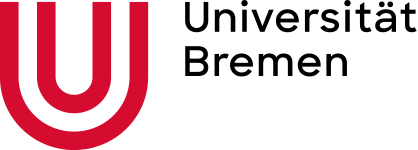Multi-Objective Packing of 3D Objects into Arbitrary Containers
Packing problems arise in numerous real-world applications and often take diverse forms. We focus on the relatively under-
explored task of packing a set of arbitrary 3D objects—drawn from a predefined distribution—into a single arbitrary 3D
container. We simultaneously optimize two potentially conflicting objectives: maximizing the packed volume and maintaining
sufficient spacing among objects of the same type to prevent clustering. We present an algorithm to compute solutions to this
challenging problem heuristically. Our approach is a flexible two-tier pipeline that computes and refines an initial arrangement.
Our results confirm that this approach achieves dense packings across various objects and container shapes.

Key Features
- Supports arbitrary container and arbitrary 3D object shapes
- Two-phase pipeline: initialization and optimization
- Maintains a target distribution of object types
- Avoids spatial clustering of similar objects
Applications
The algorithm can be potentially applied in various fields such as:
- Additive manufacturing (3D printing)
- Logistics and shipping
- Decorative and artistic object arrangement
- Material mixing (e.g., cement, aggregates)
Approach Overview
A heuristic-based two-step pipeline is used. First, an initial arrangement is computed by placing scaled-down objects within the container (phase 1). Then, this initual solution is refined to increase packing density while keeping objects overlap-free (phase 2).
Results
The method delivers fast computation times with dense and well-distributed packings. It compares favorably to existing state-of-the-art methods, while following additional objectives.


Publications
Multi-Objective Packing of 3D Objects into Arbitrary Containers, Eurographics 2025 - Short Papers, London, England, May 12-16, 2025.
Links
Web Application
Source Code Download
Older Project Website
License
This original work is copyright by University of Bremen.
Any software of this work is covered by the European Union Public Licence v1.2.
To view a copy of this license, visit
eur-lex.europa.eu.
The Thesis provided above (as PDF file) is licensed under Attribution-NonCommercial-NoDerivatives 4.0 International.
Any other assets (3D models, movies, documents, etc.) are covered by the
Creative Commons Attribution-NonCommercial-ShareAlike 4.0 International License.
To view a copy of this license, visit
creativecommons.org.
If you use any of the assets or software to produce a publication,
then you must give credit and put a reference in your publication.
If you would like to use our software in proprietary software,
you can obtain an exception from the above license (aka. dual licensing).
Please contact zach at cs.uni-bremen dot de.

